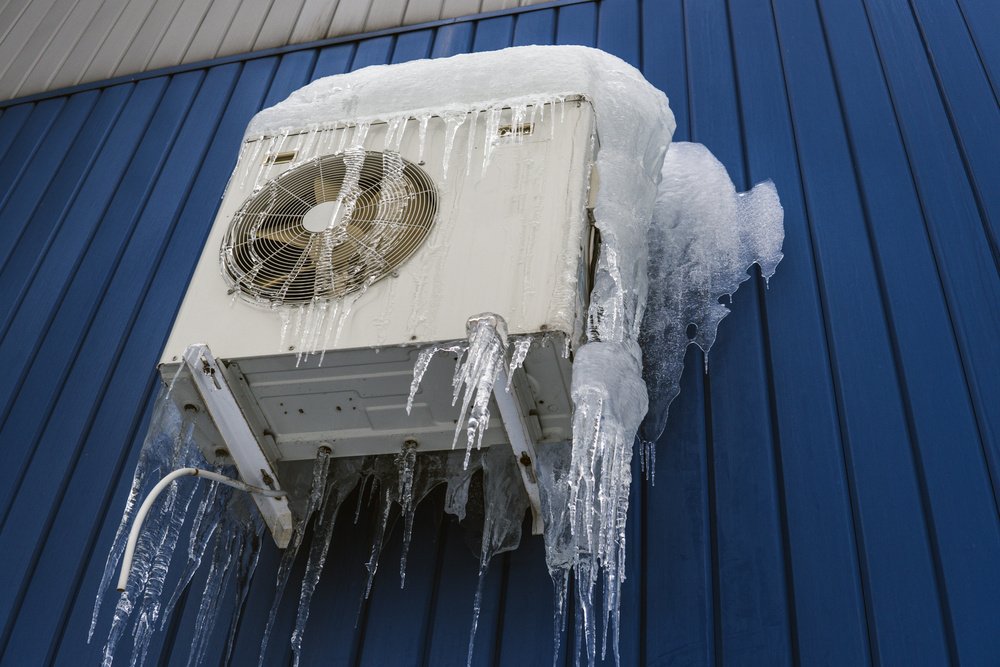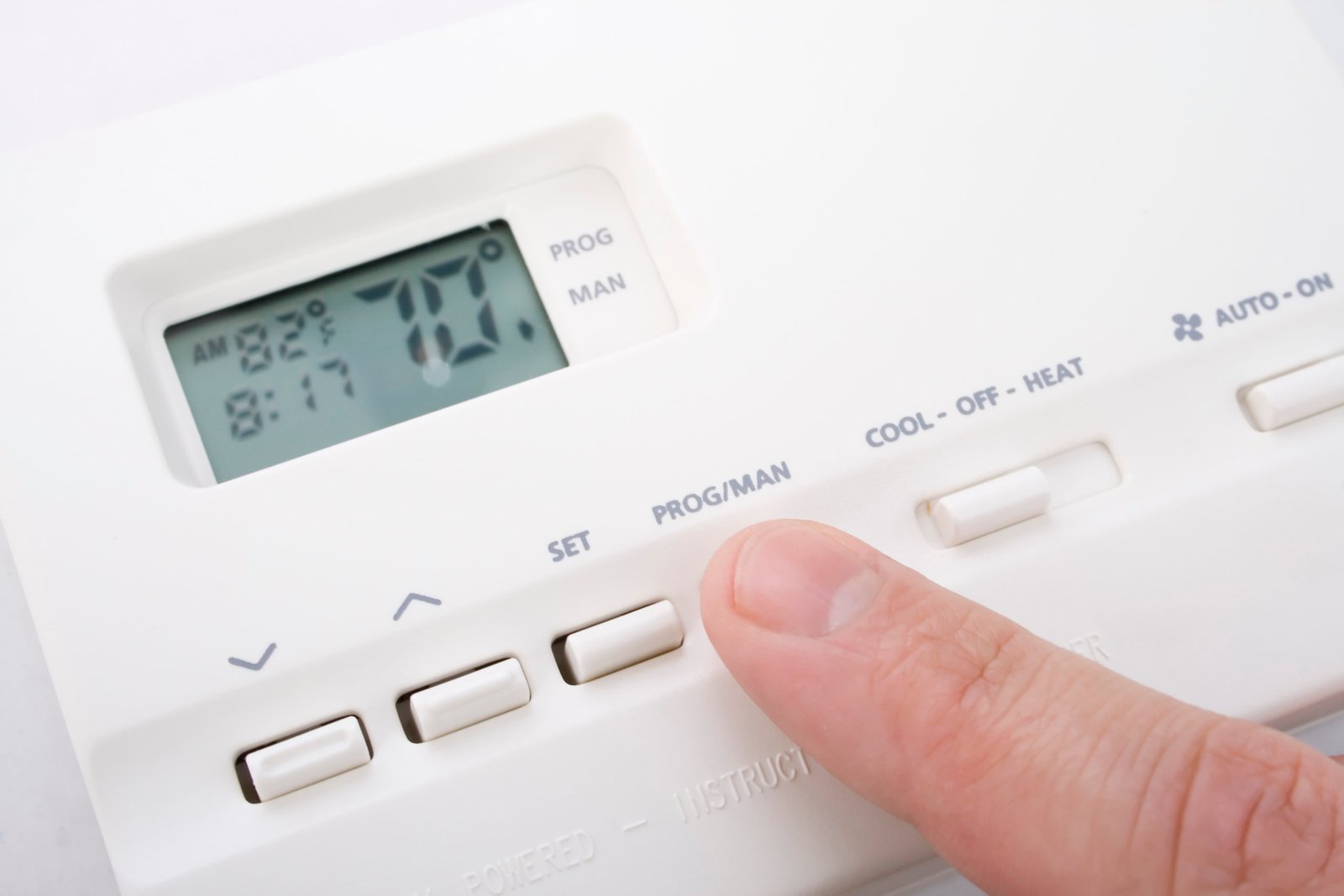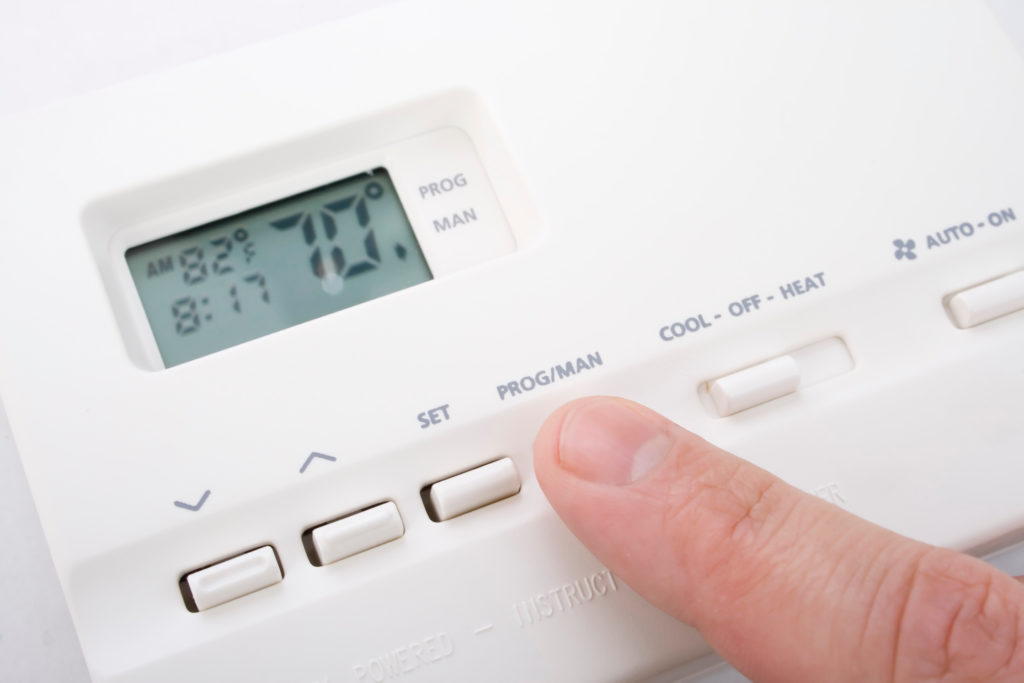The holidays and the winter season come hand in hand. During these days, you probably spend most of your time in your home in cozy sweaters and warm blankets.
In addition, the cold winds of winter bring the special challenge of keeping your home comfortable and warm. Your HVAC plays a critical role in keeping your home as cozy as possible. Ideally, your heating system should be serviced before winter starts. You should devise a maintenance plan and schedule a home inspection.
Watch this YouTube video to know more about the importance of scheduling an HVAC maintenance plan:
That said, even a well-maintained HVAC system may experience common issues during winter. And familiarizing yourself with these problems can help you resolve them faster and keep your home comfortable. This article shares the most common HVAC issues you may encounter during the cold season.

- Uneven Heating
Imagine staying in a room with a toasty and cozy temperature and then walking into another that feels like the inside of a freezer. Annoying, isn’t it? But it’s a common HVAC issue in the winter.
This issue is often caused by insufficient insulation around your home. There may be gaps, holes, or cracks all over your house that allow heated air to escape while letting cold wind in. So make sure to inspect your doors and windows to look for drafts. Level up your insulation in key areas including the attic and basement.
If you have a well-insulated home, then your HVAC may really be to blame. Inefficient heating is often caused by dirty filters. Thus, you want to keep them clean or replace them after a specific period. If replacing or cleaning your filter doesn’t do the trick, it may be caused by improperly sized or leaky ductwork, poor HVAC installation, or dirty vents.
In this case, it’s best to call experts like A1 Refrigeration & Air Conditioning, one of the most reputable companies offering professional furnace repair Woodville, TX has to offer.
- Frozen Pipes
Due to the dropping temperatures, coils and pipes can freeze over. When pipes freeze, they can burst and extensively damage to your HVAC, which may require expensive furnace repair. When your heating system fails, your home becomes cold and uncomfortable.
To avoid this common HVAC issue, make sure to insulate pipes, especially those exposed to harsh weather. Also, make sure to use caulk to seal up any gaps or holes around areas where the pipes run through floors or walls.
In addition, you should keep interior doors open. Pipes located in cabinets may prevent heated air from entering, which increases the risk of frozen pipes. So consider opening your cabinet doors to allow heated air to circulate.
If you’re leaving home, don’t completely turn off your HVAC system. While this can help save on heating bills, shutting off your HVAC will cause your pipes to freeze. In general, you can set the temperature at about 55 degrees to keep your home warm enough to prevent pipes from freezing but cool enough to prevent high energy bills.
- Not Enough Heat
Different from the first issue mentioned in this article, this problem means that your HVAC doesn’t produce enough heat to keep every room warm, even if it’s running full blast.
In general, the most probable culprit for this issue is a clogged filter. A dirty air filter can reduce airflow, which prevents heated air from blowing at full blast. So make sure to check the air filter and replace or clean it right away.
If the filter is still clean, then this issue may be caused by a faulty thermostat. Check if the batteries are still working and replace them, as necessary. However, if it’s a calibration or wiring issue, then you should consult an HVAC technician to lend a hand.
The issue may also be caused by faulty pilot lights due to dirt buildup or draft. You can always relight the pilot light, but it’s best to call a professional to do it, particularly if you don’t know how to clean the intake valve or what’s the process for relighting.
If you have a perfectly working pilot light, then there may be a problem with your flame sensor, main burners, or control board. In these cases, only an HVAC professional can offer the best solutions.
- Carbon Monoxide Leaks
A furnace burns fuel. Thus, there’s an increased risk of carbon monoxide leaks caused by a crack in the unit’s heat exchanger. In general, an old, faulty or poorly maintained HVAC system is the main cause of a carbon monoxide leak.
To avoid this issue, you want to stay on top of your HVAC maintenance. Also, make sure to install carbon monoxide detectors in strategic areas in your home to help detect this odorless, colorless, and tasteless gas.

Takeaway
A malfunctioning HVAC system is one of the worst things that could happen to your home in the middle of winter. It’s bad enough for those living in areas with mild winters—just imagine how miserable residents of areas with harsh winters are. By understanding the common potential HVAC issues you may encounter, you can better prepare yourself and avoid things that can cause these problems.






